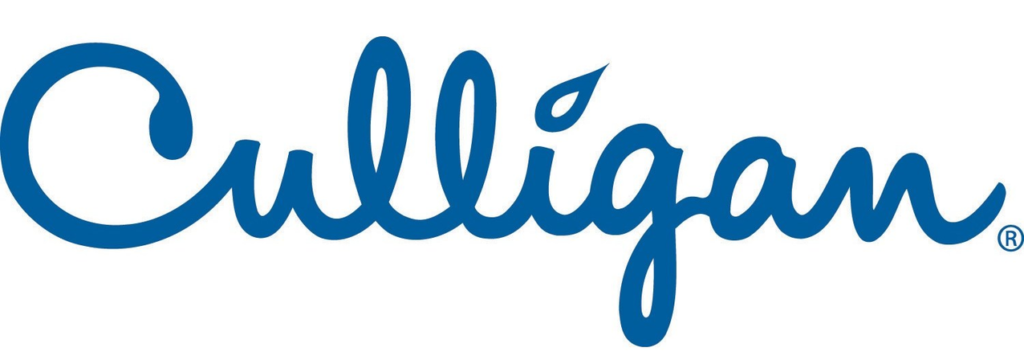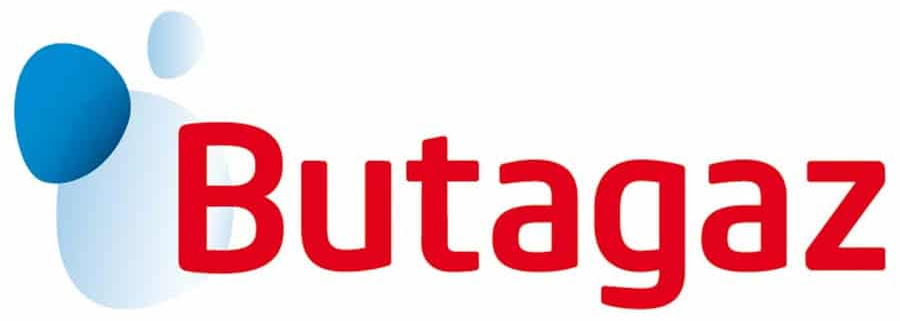There has never been a more necessary time to re-evaluate manual processes, especially ones that have a direct effect on cash flow. In the Procure-to-Pay (P2P) cycle, manual document processing across Procurement and Accounts Payable (AP) wastes time and money through printing, filing and mailing documents, lack of visibility, and slow approval times, ultimately impeding business success and profitability.
There are no end to the benefits that automating these manual processes can provide – and we’ve compiled our top 5 in the video below.
But don’t just take our word for it – the results from our customers speak for themselves:

- 90% of invoices processed in one click, without any human intervention
- Centralised accounting at Culligan’s shared service centre given more autonomy

- Reduced processing costs by 70%
- Reduced approval times by 50% with digital workflows
- Business continuity during the pandemic thanks to Esker’s cloud-based solution 24/7 online access

- Automated supplier invoicing system fully integrated with SAP
- 2 hours saved by AP team daily
- Eliminated postal mail exchanges

- One platform for documents, communication and approval across the P2P cycle
- 70% faster invoice processing

- Standardised payment cycles across 8 countries
- Operations to run smoothly and uninterrupted, from any location
- Invoice processing capacity increased by 2.5x
For companies that have already digitally transformed their P2P operations, manual inefficiencies are now a thing of the past.
Ready to learn more about how automation can help your organisations bottom line?
Our accompanying eBook, Is Procure-to-Pay Automation worth the hype? is a great place to start!


